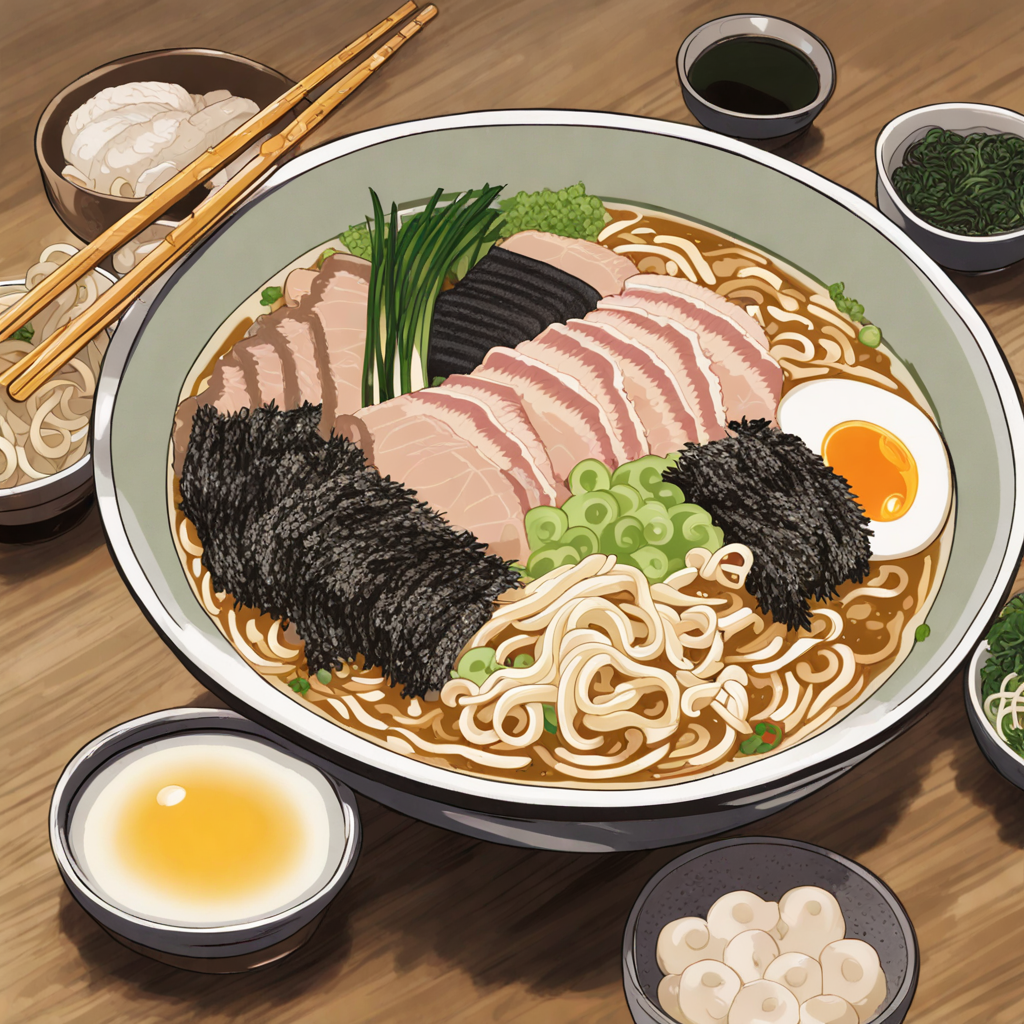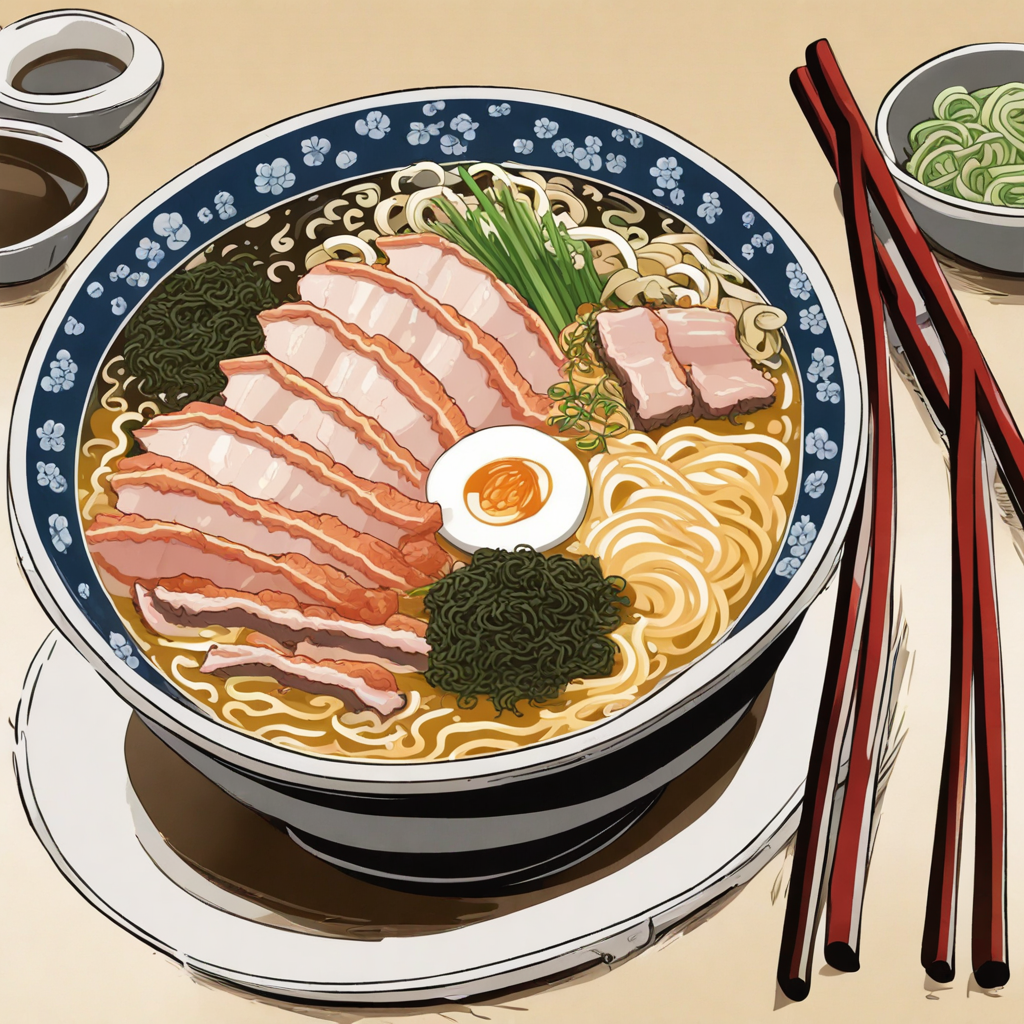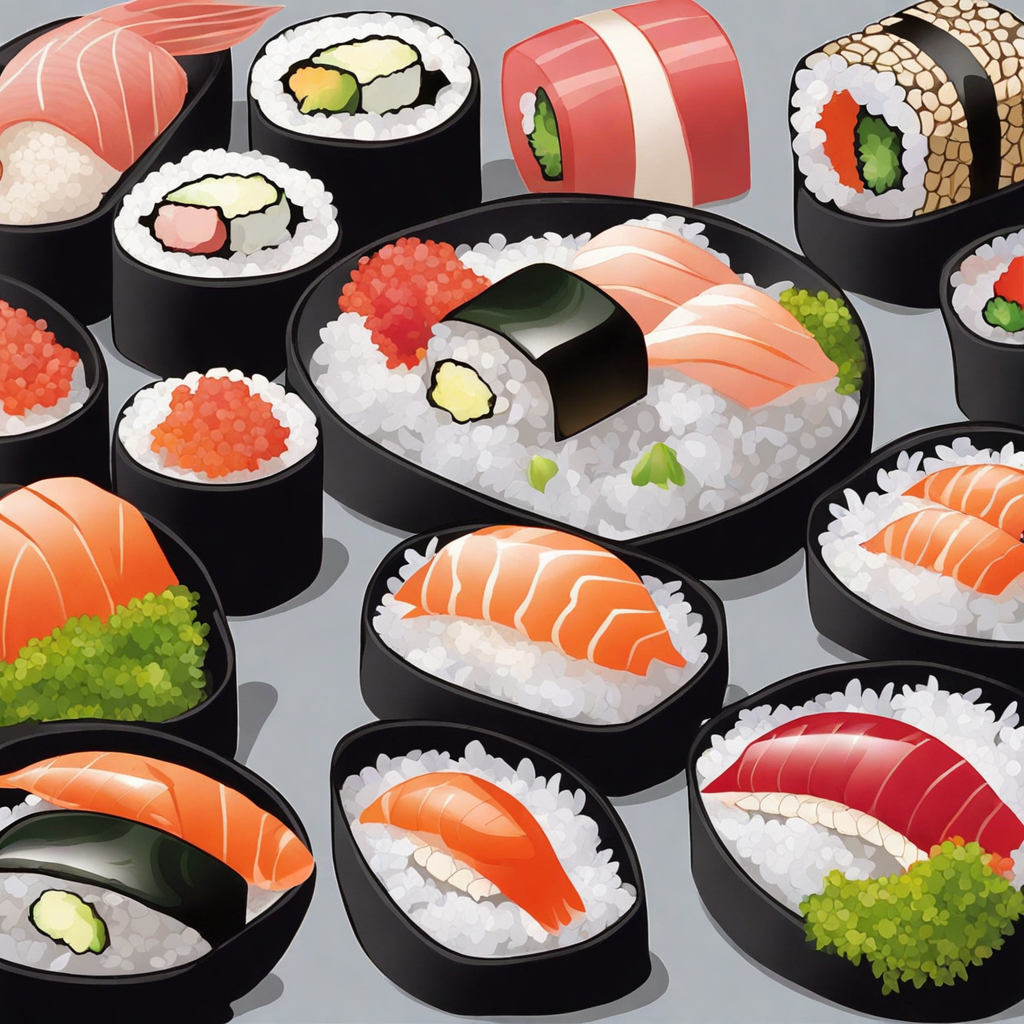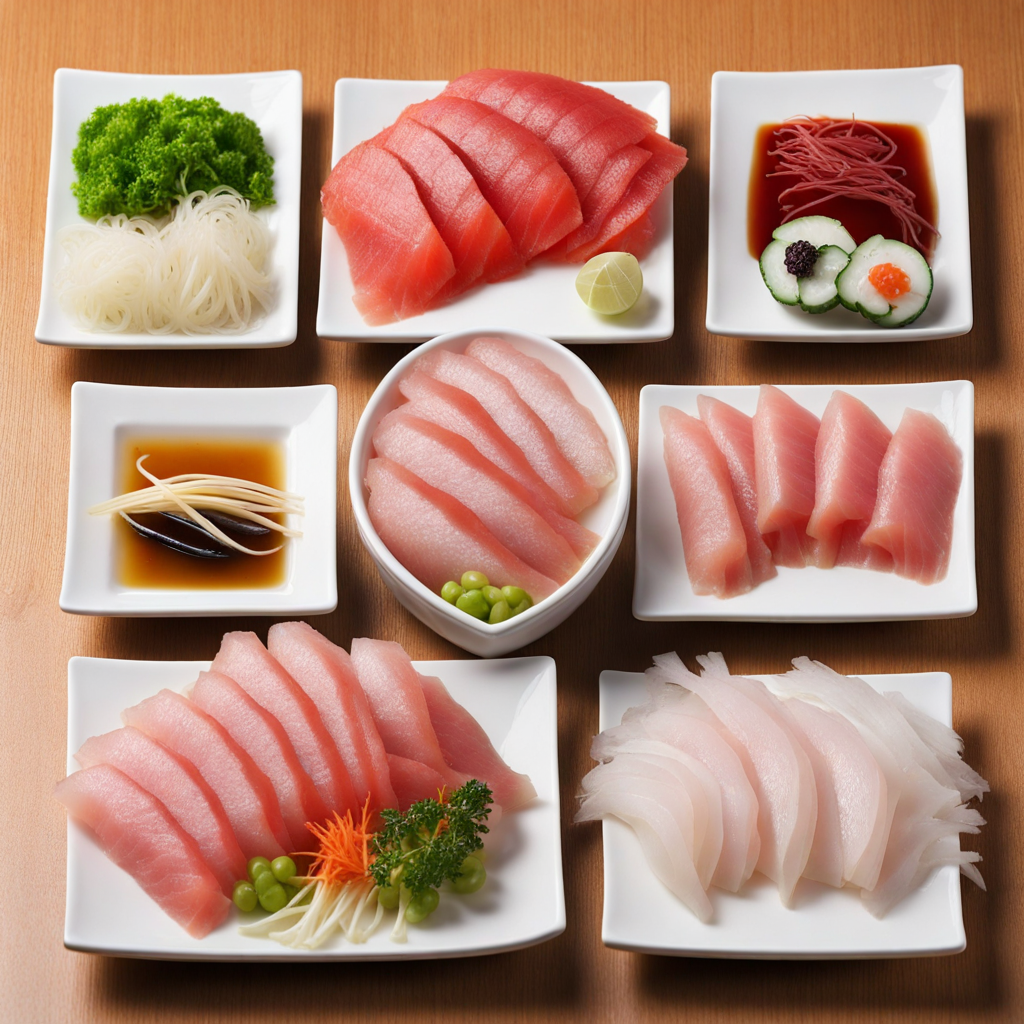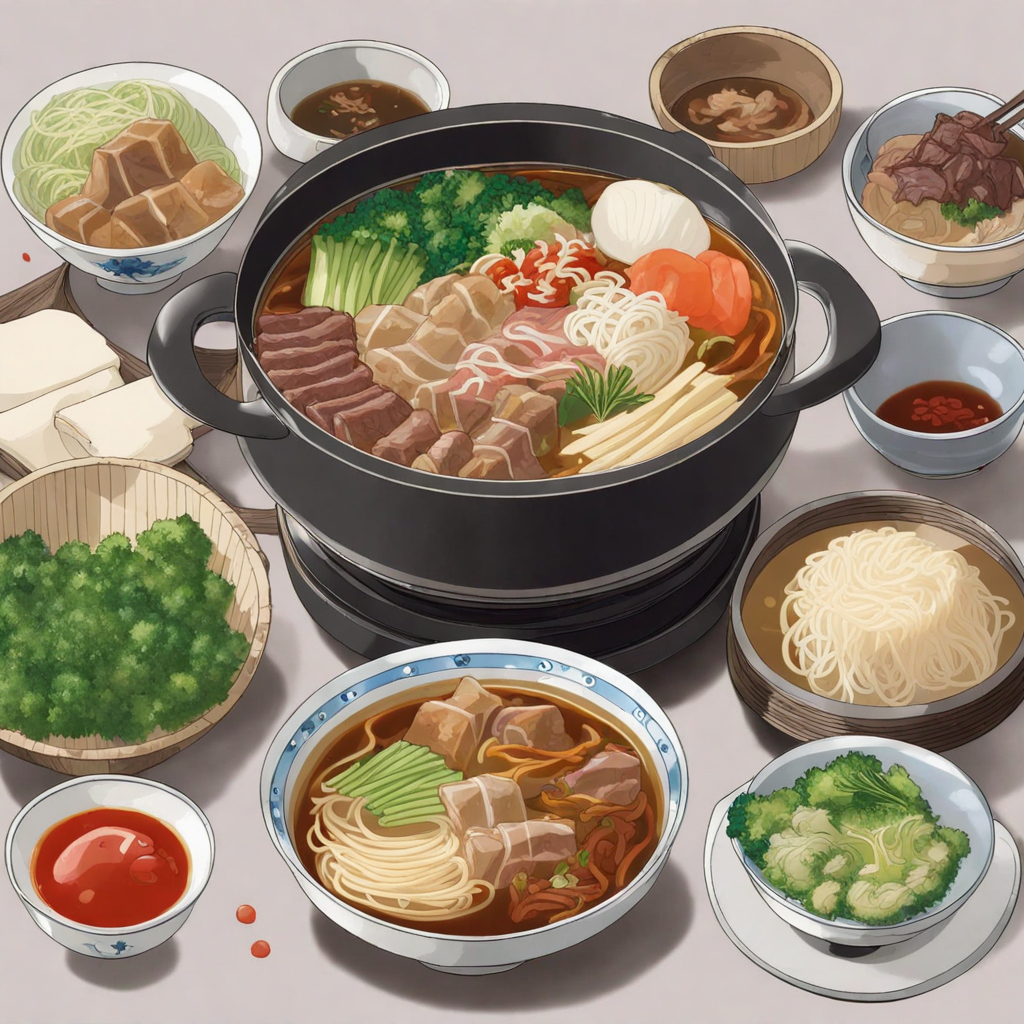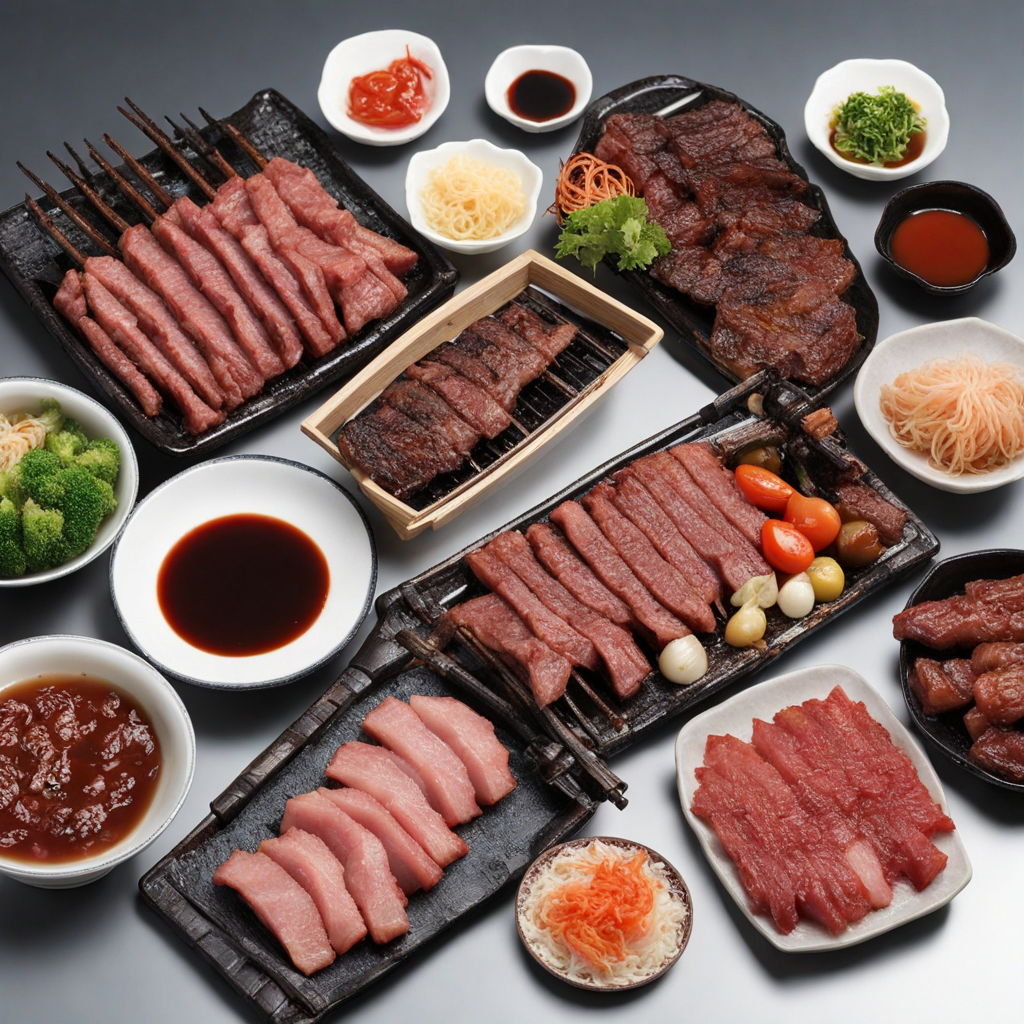Ramen
Ramen is a beloved Japanese noodle dish that offers a delightful combination of flavors and textures, making it a culinary adventure for anyone looking to explore new tastes. At its core, ramen consists of Chinese-style wheat noodles served in a rich and savory broth, which can be made from various bases such as pork, chicken, or vegetable. The broth is often infused with umami-rich ingredients like soy sauce, miso, or salt, creating a depth of flavor that can be both comforting and exhilarating. Each bowl is typically garnished with an array of toppings, such as sliced green onions, nori (seaweed), soft-boiled eggs, and chashu (braised pork), adding vibrant colors and additional layers of taste to the dish. One of the most exciting aspects of ramen is its regional variations, each offering a unique interpretation of this classic dish. For instance, Sapporo ramen is famous for its rich miso-based broth and hearty toppings like corn and butter, while Hakata ramen features thin, straight noodles served in a creamy tonkotsu (pork bone) broth, often topped with pickled ginger and sesame seeds. The texture of the noodles can also vary from firm and chewy to soft and slippery, catering to different preferences and enhancing the overall experience of the meal. Ramen is more than just a dish; it's a cultural experience that invites you to savor each bite while appreciating the craftsmanship behind it. The ritual of slurping the noodles is not only accepted but encouraged, as it signifies enjoyment and enhances the flavors. Whether enjoyed at a bustling ramen shop or crafted in the comfort of your own kitchen, ramen provides a warm, satisfying experience that showcases the rich culinary heritage of Japan. With its complex flavors, diverse ingredients, and rich history, ramen is a dish that promises to tantalize your taste buds and leave you craving more.
How It Became This Dish
Origins of Ramen Ramen, the beloved Japanese noodle dish, has a fascinating history that reflects the complex interplay of cultural influences in Japan. The roots of ramen can be traced back to the late 19th century, during the Meiji Era (1868-1912), when Japan began to open up to the West. It is widely believed that ramen originated from Chinese wheat noodle soups, particularly those known as "lamian." Chinese immigrants brought their culinary traditions to Japan, and it was in the port city of Yokohama that the first ramen shops began to emerge, catering to both Chinese laborers and Japanese locals looking for new flavors. In its early days, ramen was a simple dish made from Chinese-style wheat noodles served in broth, often flavored with soy sauce or miso. The dish quickly gained popularity, especially in urban areas, as it was affordable, filling, and easy to prepare. By the 1910s, ramen was starting to be recognized as a distinct Japanese dish, and its transformation from a foreign import to a national staple was underway. Cultural Significance Ramen holds a unique place in Japanese culture, embodying the country's adaptability and culinary creativity. It is more than just a meal; it represents a fusion of flavors and traditions that have evolved over time. The dish has become a symbol of comfort and community, often enjoyed in casual dining settings and at ramen shops, which can be found in every corner of Japan. Ramen's cultural significance is also highlighted in its presence in popular media. The dish has been celebrated in films, TV shows, and literature, showcasing its status as a quintessential part of Japanese life. Events such as the Ramen Expo and various ramen festivals across Japan further emphasize its importance, where chefs and enthusiasts come together to share their passion for this beloved noodle soup. Development Over Time As ramen spread throughout Japan, regional variations began to emerge, each reflecting local tastes and ingredients. In the 1930s, the introduction of instant ramen by Momofuku Ando revolutionized the way people consumed noodles. Instant ramen quickly became a staple food, especially among students and workers, due to its convenience and affordability. This innovation not only popularized ramen further but also marked the beginning of its globalization. The post-World War II era saw a dramatic rise in ramen's popularity, as Japan underwent rapid economic growth. New styles of ramen began to emerge, such as tonkotsu (pork bone) ramen from Fukuoka, which features a rich, creamy broth, and shoyu (soy sauce) ramen from Tokyo, known for its lighter flavor. Each region developed its own unique broth, noodle thickness, and toppings, leading to a diverse array of ramen offerings across Japan. Modernization and Global Influence The late 20th and early 21st centuries marked a period of modernization for ramen, with chefs experimenting with ingredients and techniques. The ramen boom, which began in the 1980s, saw a resurgence of interest in artisanal ramen, leading to the establishment of specialized ramen shops that focused on quality and authenticity. Chefs began to take pride in sourcing local ingredients and perfecting their broth recipes, elevating ramen to a culinary art form. Ramen's global influence cannot be overstated. As Japanese cuisine gained popularity around the world, ramen followed suit, with shops opening in major cities across the globe. In places like New York, Los Angeles, and London, ramen bars have become trendy dining spots, offering a taste of Japan's rich culinary heritage. The dish has also inspired fusion cuisine, with chefs incorporating local flavors and ingredients, creating unique iterations that appeal to diverse palates. Ramen in Contemporary Japan Today, ramen remains an integral part of Japanese cuisine, with new trends constantly emerging. The rise of social media has transformed how ramen is shared and experienced, with Instagram and TikTok fueling the popularity of visually stunning ramen creations. Ramen shops now often feature elaborate presentations, using colorful toppings and artistic plating to attract customers. Moreover, the ramen industry has also embraced sustainability, with many shops focusing on eco-friendly practices and sourcing ingredients from local producers. The rise of plant-based and vegan ramen options caters to a growing demand for healthier and more ethical dining choices. This evolution reflects a broader trend towards sustainability in the culinary world, showing that ramen continues to adapt to contemporary values and tastes. Conclusion: A Lasting Legacy Ramen's journey from a humble noodle soup to a global phenomenon is a testament to its enduring appeal and cultural significance. It is a dish that transcends borders, inviting people to explore the flavors of Japan while celebrating the art of comfort food. Whether enjoyed in a bustling ramen shop in Tokyo or a trendy bar in New York, ramen continues to bring people together, offering a comforting bowl of warmth and flavor that resonates with all who partake in it. As the world continues to embrace this iconic dish, the legacy of ramen as a symbol of culinary innovation and cultural exchange remains strong, ensuring that it will be cherished for generations to come.
You may like
Discover local flavors from Japan


